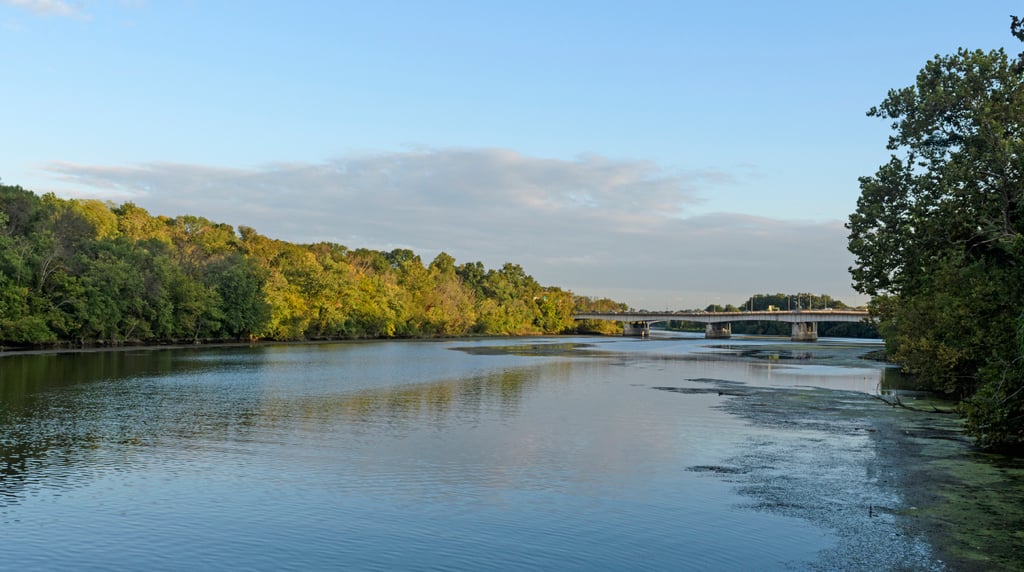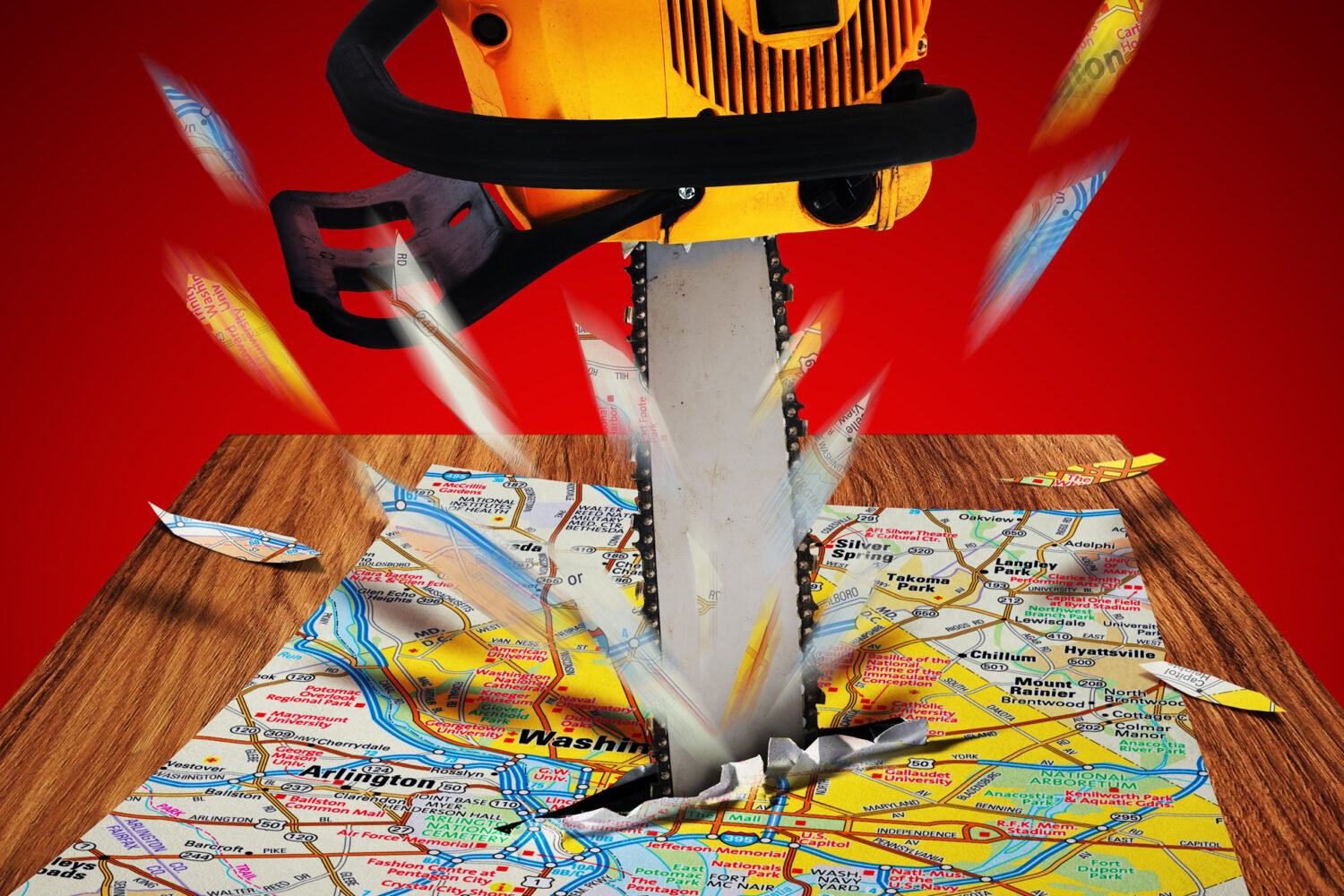President Trump‘s proposed elimination of the Environmental Protection Agency’s regional initiatives, including the Chesapeake Bay Program, would have serious impacts upstream, including the water in the Potomac River that roughly six million people in the Washington region depend upon for their drinking supply. That’s the assessment of the Potomac Conservancy, a river protection and clean-up organization and a partner organization in the Chesapeake program, which dates back to 1983.
The federal government spent $427 million on regional efforts in the current fiscal year, including $73 million on cleaning up the Chesapeake. While the name connotes the estuary that divides Maryland’s Eastern Shore and the mainland, the program covers a watershed that stretches from Upstate New York to southern Virginia and services about 13 million people, including the entire DC metropolitan area.
“That includes members of Congress when they’re in town,” says Hedrick Belin, the Potomac Conservancy’s president.
The Potomac has recovered remarkably since 1965, when President Lyndon Johnson called it a “national disgrace.” Wildlife populations dropped off, boating and fishing were unheard of, and summers were known more for the large algae blooms that clogged the river near Georgetown and Theodore Roosevelt Island. The federal cleanup program got started in 1983 with an agreement between DC, Maryland, Virginia, and the EPA. (Other states and non-profit organizations joined later.)
While the Potomac is still far from perfect—the Nation’s Triathlon had to cancel its swim portion last year after E. coli levels rose about acceptable EPA levels—its improvement over the years can be chalked up to the Chesapeake Bay Program, Belin says.
“Pollution levels are down, shad and other fishery populations are rebounding,” Belin says. “We’re seeing other successes in people getting outside and forests and lands are being protected upstream.”
While the White House’s budget proposal aims to return funding of local environmental concerns to local authorities, Belin says the Chesapeake watershed’s interstate profile is exactly why federal guidance is needed. “We’re talking multiple states,” he says. “That federal leadership is necessary because one state can’t compel another state to do anything. If there’s not going to be a coordinated effort, it’s going to devolve down to the lowest common denominator.”
The EPA has been targeted for cutbacks many times. In 2008, President George W. Bush irked locals when his administration proposed cutting $1.5 million from what was then a $30.5 million program. But Belin says this is the first instance he can recall a proposal to axe the program entirely. Other EPA programs and other agencies that work on Chesapeake restoration, including the National Oceanic and Atmospheric Administration, have also been targeted for deep cuts by the Trump Administration, and to Belin, it feels like a betrayal of the President’s own statements.
“Clean air, clean water. The president in his [speech to Congress] referenced those,” Belin says. “You need that strong leadership. It’s federal because it’s of a multi-state nature. The federal government is not responsible for picking up garbage on your street. But making sure pollution is not affecting your health. If you’re not defending clean air and clean water, and you’re not protecting the environment, I’m not sure what you would be doing.”
There’s already been some pushback. On March 2, when reports surfaced that the White House was planning to cut 90 percent of the Chesapeake Bay Program’s funding, 17 members of Congress from the affected jurisdictions—including five Republicans—sent Trump a letter asking him to reconsider. It appears the President did, and went for 100 percent of the Chesapeake program instead. The consequences could be extreme and disgusting.
“If this were to be enacted and nothing changed, we’re going to be back where we were in 1968 where there was a big algae mass choking the Potomac in Georgetown,” Belin says.
If Belin’s counting on anything to persuade the White House and congressional negotiators to ease up on the Chesapeake Bay Program, it’s the Potomac’s role as a source of drinking water for everyone in town, including guests at Trump’s hotel at the Old Post Office: “Any tap water in the District is Potomac water,” he says. “Whether that’s the EPA, Congress, the White House, or the Trump hotel.”



















